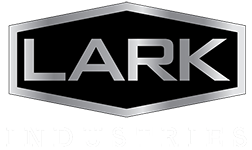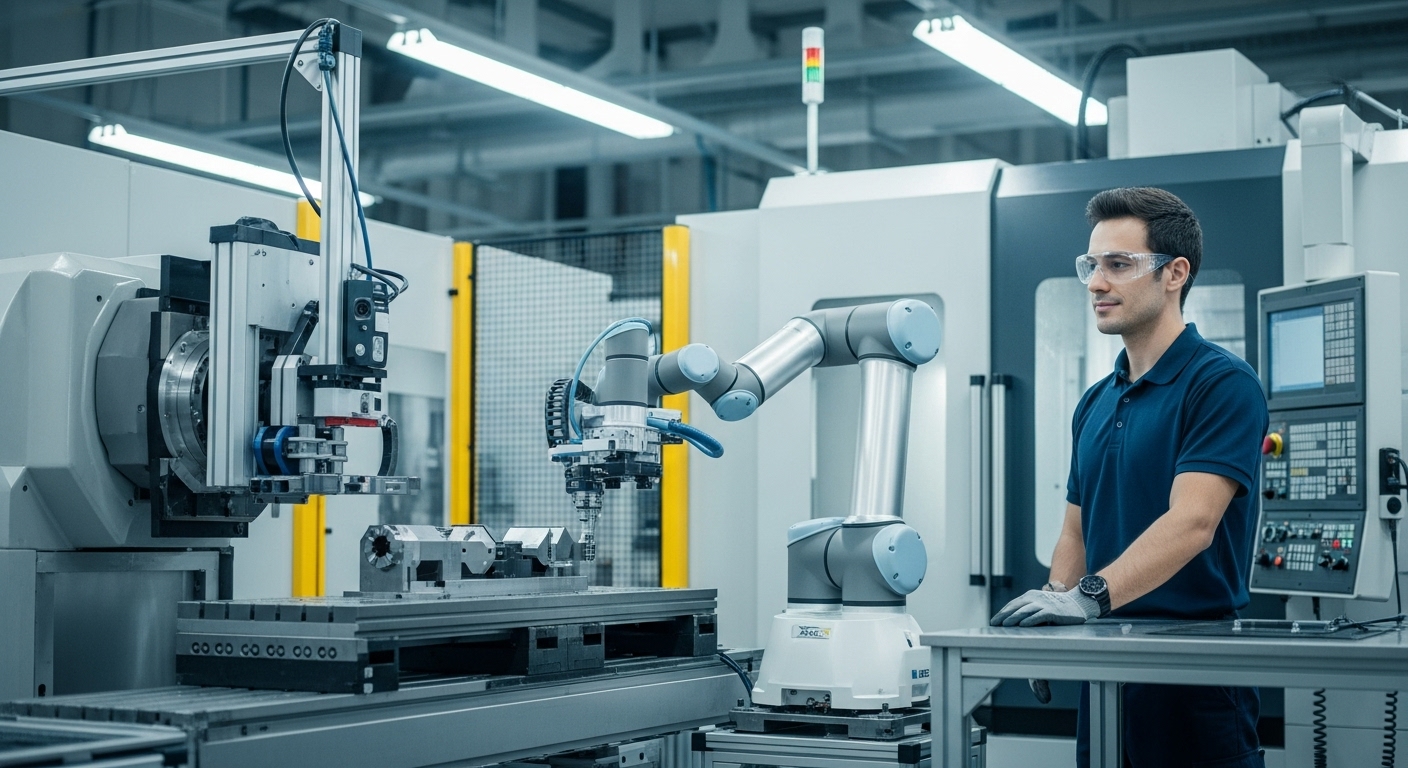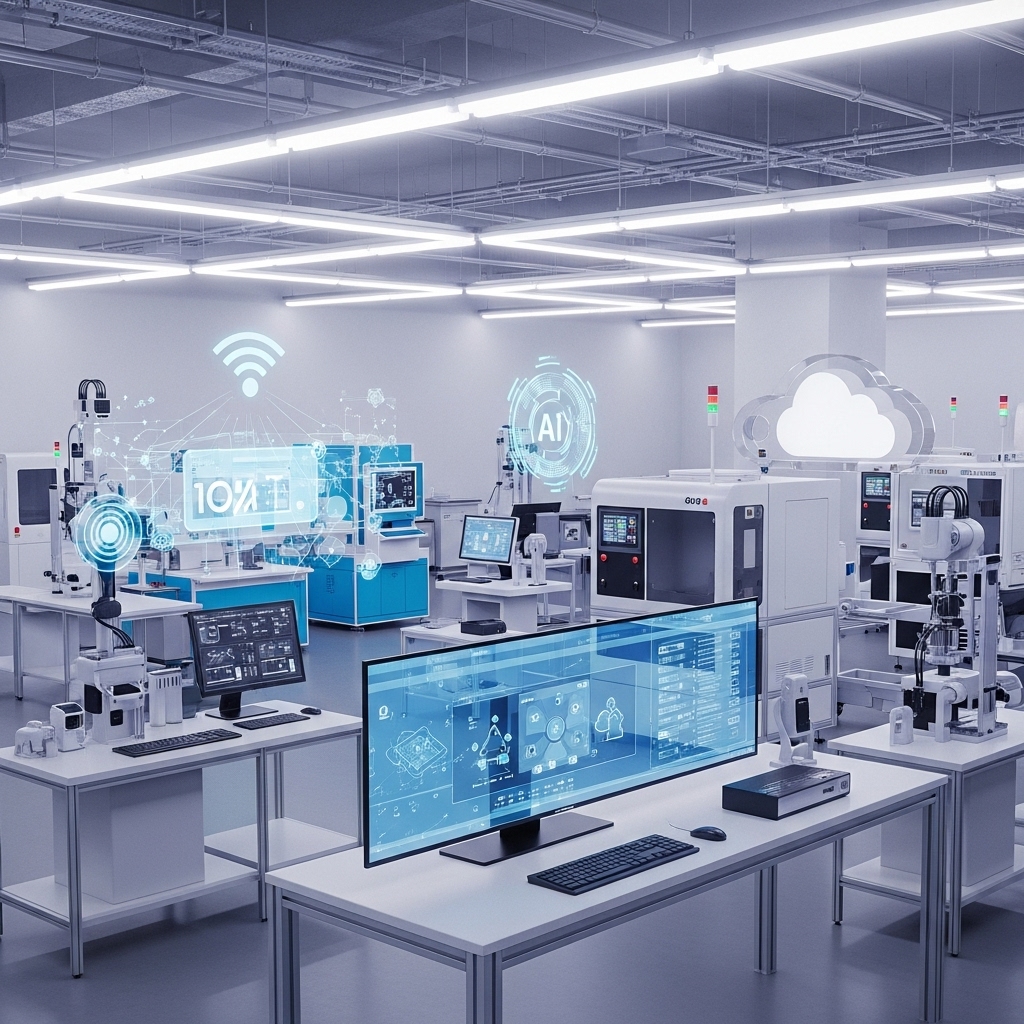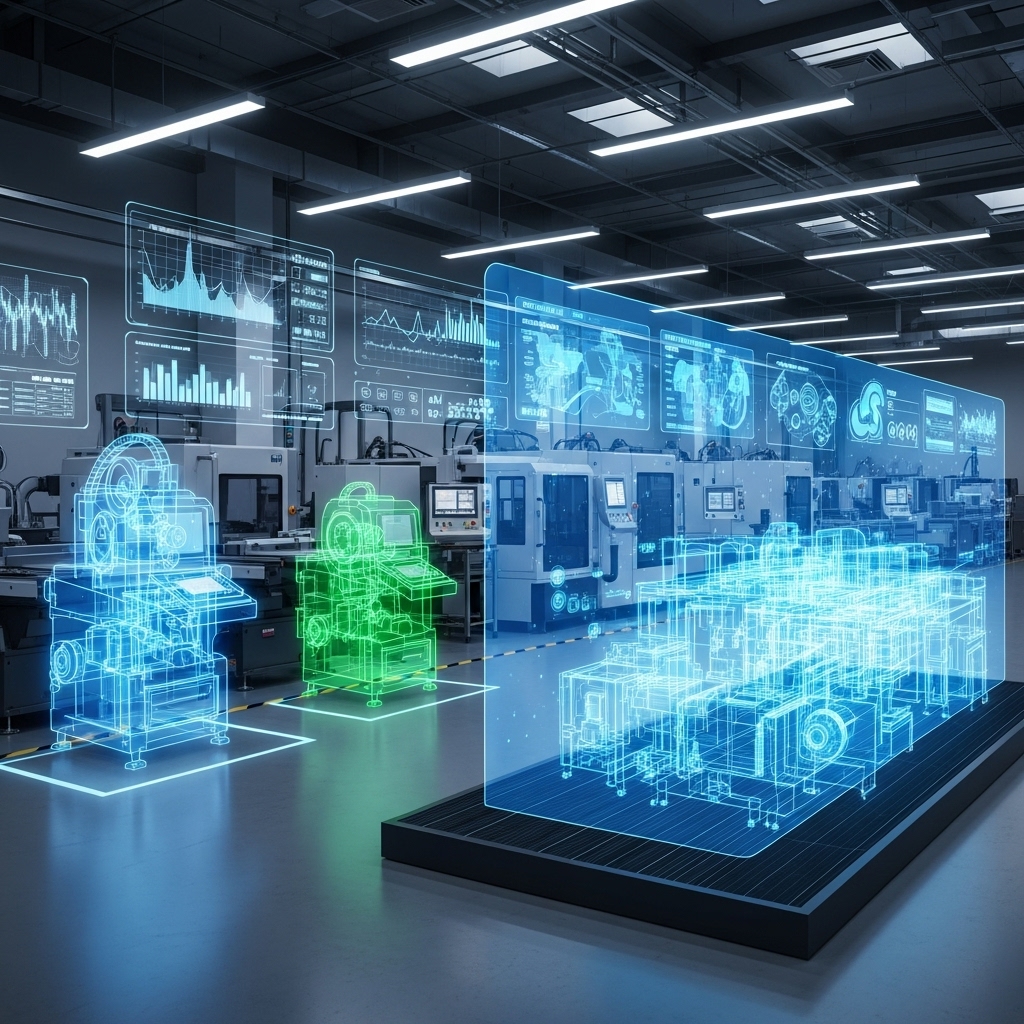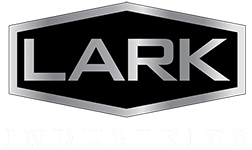Collaborative robots are engineered to work alongside humans within shared workspaces. Unlike traditional industrial robots that operate in isolation, cobots are equipped with advanced sensors and software that enable safe interaction with human workers. This capability opens up a world of possibilities for manufacturing processes, making them more efficient, flexible, and secure. By integrating seamlessly into human workflows, cobots enhance productivity and precision.
The Rise of Collaborative Robotics in Manufacturing
The adoption of collaborative robots in manufacturing has been steadily increasing over the past decade. As industries worldwide strive for greater efficiency and cost-effectiveness, cobots have emerged as a key solution. They are versatile, easy to program, and can be deployed quickly to adapt to evolving production needs. Their ability to work in tandem with human workers is transforming traditional manufacturing paradigms and setting new standards for operational excellence.
Key Drivers of Growth
Several factors are driving the growth of collaborative robotics in manufacturing:
- Advancements in Technology: The development of advanced sensors, machine learning, and artificial intelligence has made cobots more capable and reliable. These technological innovations have expanded the scope of tasks cobots can perform, increasing their value to manufacturers.
- Cost-Effectiveness: Cobots are often more affordable than traditional industrial robots, making them accessible to small and medium-sized enterprises. This affordability democratizes access to automation technologies, allowing a broader range of businesses to benefit from enhanced productivity.
- Flexibility: Cobots can be easily reprogrammed for different tasks, allowing manufacturers to quickly adapt to new production requirements. This adaptability is crucial in dynamic market environments where production needs are constantly changing.
- Safety Features: Built-in safety features enable cobots to work alongside humans without the need for extensive safety barriers. These features not only protect human workers but also facilitate smoother integration of robots into existing workflows.
The Role of Collaborative Robots in Smart Manufacturing
Smart manufacturing represents the integration of advanced technologies, such as the Internet of Things (IoT), data analytics, and automation, to create more efficient and responsive production processes. Collaborative robots play a crucial role in this ecosystem by bridging the gap between human workers and automated systems. They serve as the nexus of human-robot collaboration, enhancing both the human and technological aspects of manufacturing.
Enhancing Productivity and Efficiency
Cobots significantly enhance productivity by taking over repetitive and physically demanding tasks, allowing human workers to focus on more complex and creative aspects of manufacturing. This human-robot collaboration results in higher efficiency, reduced downtime, and improved quality control. By optimizing resource allocation and streamlining operations, cobots contribute to the overall competitiveness of manufacturing enterprises.
Real-World Applications
In the automotive industry, for example, collaborative robots are employed for tasks such as welding, painting, and assembly. They work alongside human workers to ensure precision and consistency while increasing overall production speed. Beyond the automotive sector, cobots are making their mark in industries such as electronics, pharmaceuticals, and consumer goods, showcasing their versatility and effectiveness in diverse manufacturing environments.
Human-Robot Collaboration in Manufacturing
by Possessed Photography (https://unsplash.com/@possessedphotography)
One of the most significant advantages of collaborative robots is their ability to work harmoniously with humans. This collaboration enhances workplace safety and productivity, as cobots can perform tasks that are hazardous or ergonomically challenging for humans. By taking on such tasks, cobots not only protect human workers but also elevate the overall safety standards of manufacturing facilities.
Enhancing Worker Safety
Cobots are equipped with sensors and safety protocols that allow them to detect and respond to human presence. This makes them ideal for tasks that involve heavy lifting, exposure to hazardous materials, or working in confined spaces. By taking on these tasks, cobots reduce the risk of workplace injuries and improve overall safety. Furthermore, the presence of cobots in hazardous environments minimizes human exposure to potential dangers.
Improving Job Satisfaction
By handling repetitive and mundane tasks, collaborative robots free up human workers to engage in more meaningful and fulfilling work. This shift in responsibilities can lead to increased job satisfaction and employee morale, as workers feel more valued and empowered in their roles. Employees can leverage their skills and creativity in more strategic areas, contributing to personal growth and organizational success.
The Future of Collaborative Robots in Manufacturing
As technology continues to advance, the future of collaborative robots in manufacturing looks promising. The integration of artificial intelligence, machine learning, and advanced sensing capabilities will further enhance the capabilities of cobots, making them even more integral to modern manufacturing. These advancements promise to unlock new possibilities for innovation and efficiency across industries.
Emerging Trends
- Increased Autonomy: Future cobots will be more autonomous, capable of learning and adapting to new tasks without human intervention. This autonomy will enable them to operate independently, further enhancing their utility in various manufacturing scenarios.
- Enhanced Communication: Improved communication between cobots and human workers will facilitate seamless collaboration and coordination on the factory floor. Real-time data exchange and intuitive interfaces will enable more effective teamwork and decision-making.
- Expanded Applications: The versatility of cobots will lead to their adoption in a wider range of industries beyond traditional manufacturing, including healthcare, agriculture, and logistics. This expansion will drive further innovation and open new avenues for economic growth.
Overcoming Challenges
While the future is bright, there are challenges to address, such as ensuring cybersecurity, managing the transition of the workforce, and addressing ethical considerations. However, with continued innovation and collaboration between industry stakeholders, these challenges can be effectively managed. By fostering a culture of adaptability and continuous learning, manufacturers can navigate these complexities and harness the full potential of cobots.
Conclusion
Collaborative robots are transforming the manufacturing industry by enabling smart manufacturing practices and fostering a safer, more efficient work environment. As these technologies continue to evolve, the potential for cobots to revolutionize industries and improve the quality of work for human employees is immense. The synergy between human creativity and robotic precision heralds a new era of manufacturing excellence.
In embracing this future, manufacturers can leverage the full potential of collaborative robots to enhance productivity, improve safety, and drive innovation in their operations. The journey towards a more automated and collaborative manufacturing landscape is underway, and cobots are leading the charge. By investing in cobots and cultivating a forward-thinking mindset, businesses can position themselves at the forefront of this transformative movement, ensuring long-term success and sustainability.
